When nature vanishes, people of color and low-income Americans disproportionally lose critical environmental and health benefits–including air quality, crop productivity and disease control–a new study in Nature Communications finds.
Tag: Air Quality
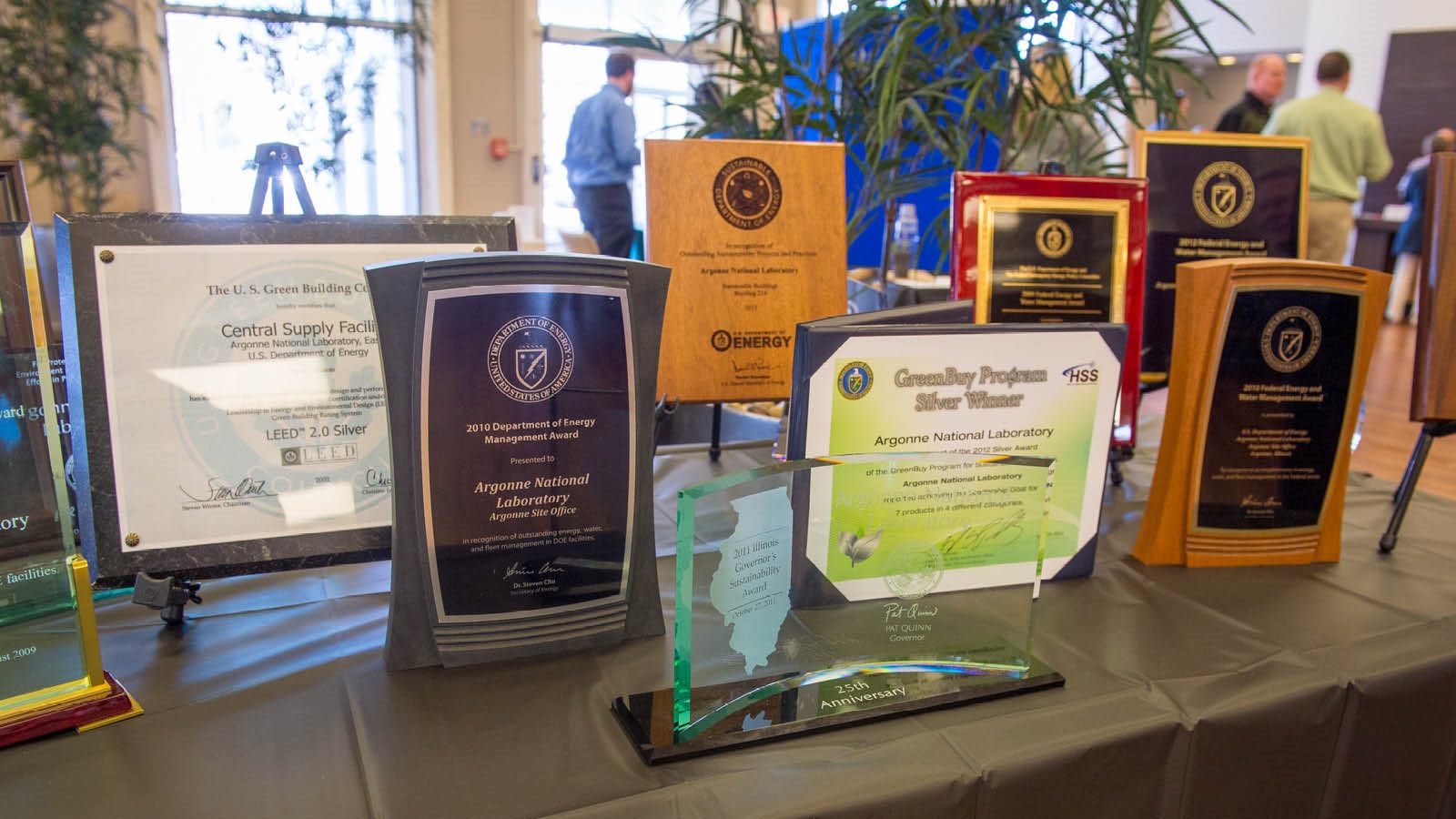
Argonne’s Wang and Streets named highly influential climate scientists
Michael Wang and David Streets, both of the U.S. Department of Energy’s Argonne National Laboratory, were named to Reuters’ “Hot List” of today’s 1,000 most influential climate scientists. Both are in Argonne’s Energy and Global Security-Energy Systems (EGS-ES) division.
Wildfire smoke trends worsening for Western U.S.
New research from the University of Utah ties the worsening trend of extreme poor air quality events in Western regions to wildfire activity, with growing trends of smoke impacting air quality clear into September.
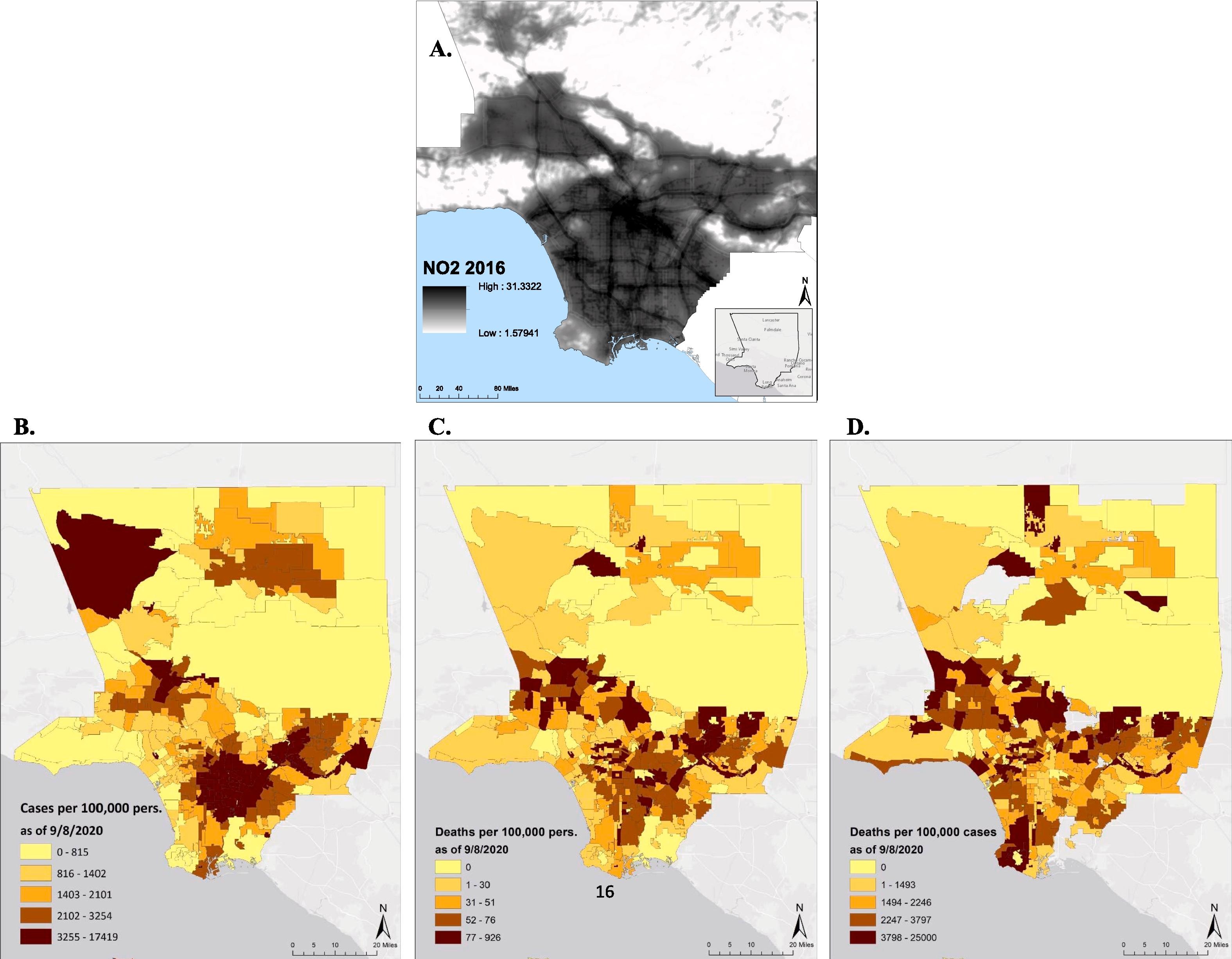
COVID-19 Mortality Rates in Los Angeles County Higher in Communities with Poor Air Quality
A research project led by the UCLA Fielding School of Public Health has found that Los Angeles County neighborhoods with poor air quality had the highest death rates from the pandemic.
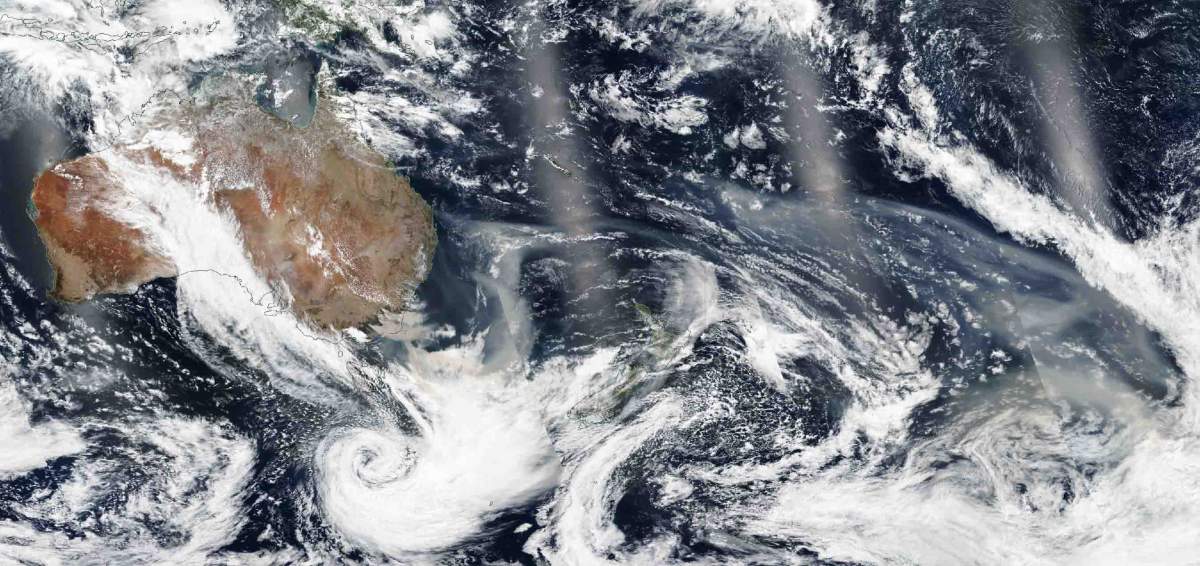
Weizmann Scientists Determine How Smoke from Australia’s Fires Spanned the Globe
Prof. Ilan Koren at the Weizmann Institute and Dr. Eitan Hirsch have identified another impact of Australia’s massive wildfires: smoke particles from the country’s southeast actually reached the stratosphere. They then traveled on a steady current that carried them around the world, covering and lingering above much of the Southern Hemisphere.
How ‘green’ are environmentally friendly fireworks?
Researchers reporting in ACS’ Environmental Science & Technology have estimated that, although so-called environmentally friendly fireworks emit 15–65% less particulate matter than traditional fireworks, they still significantly deteriorate air quality.

How outdoor pollution affects indoor air quality
In a long-term study in a Salt Lake-area building, researchers found that the amount of air pollution that comes indoors depends on the type of outdoor pollution. Wildfires, fireworks and wintertime inversions all affect indoor air to different degrees.
Pre-COVID Subway Air Polluted from DC to Boston, But New York Region’s Is the Worst, Study Finds
New York City’s transit system exposes riders to more inhaled pollutants than any other metropolitan subway system in the Northeastern United States, a new study finds. Yet even its “cleaner” neighbors struggle with enough toxins to give health-conscious travelers pause.
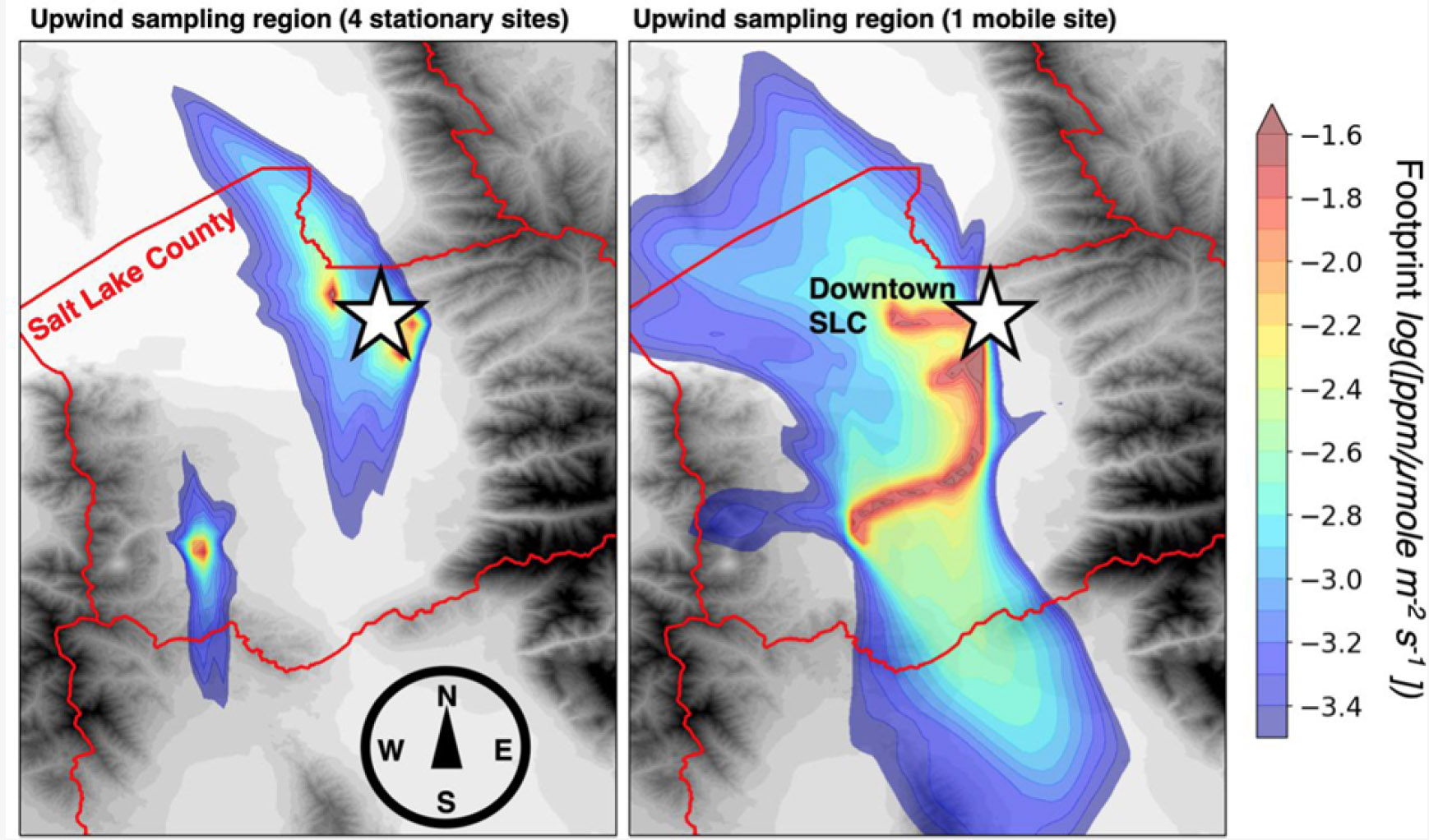
Taking greenhouse gas analysis on the road, er, rails
Since 2014, the University of Utah has maintained research-grade suites of air quality instruments installed on light rail trains. These mobile sensors cover the same area as 30 stationary sensors, providing the Salt Lake Valley with a highly cost-effective way to monitor its greenhouse emissions and fill in gaps in emissions estimates.
Study connects diabetes, air pollution to interstitial lung disease
A new study published in the Environmental Health Perspectives connects insulin resistance and repetitive ozone exposure to the development of interstitial lung disease.
How Utah’s air pollution affects homeless populations
Researchers from the University of Utah document the effect of air pollution on people experiencing homelessness, finding that nearly all notice and are impacted by air pollution, whether or not they reside in shelters.
HOLIDAY COOKING
The upcoming holiday season is sure to look a lot different. According to a recent Filtrete™ Brand survey, more than half of Americans (52%) plan to spend more time at home this holiday season compared to years past. And, with more people…
NYCHA Secondhand Smoke Policy Needs More Time and Effort To Show How Well It Works
One year into a smoking ban in buildings run by the nation’s largest public housing authority, tenant exposure to secondhand smoke in hallways, stairwells, and apartments has not declined, a new study shows.

School absences correlate to impaired air quality
In Salt Lake City schools, absences rise when the air quality worsens, and it’s not just in times of high pollution or “red” air quality days—even days following lower levels of pollutions saw increased absences.
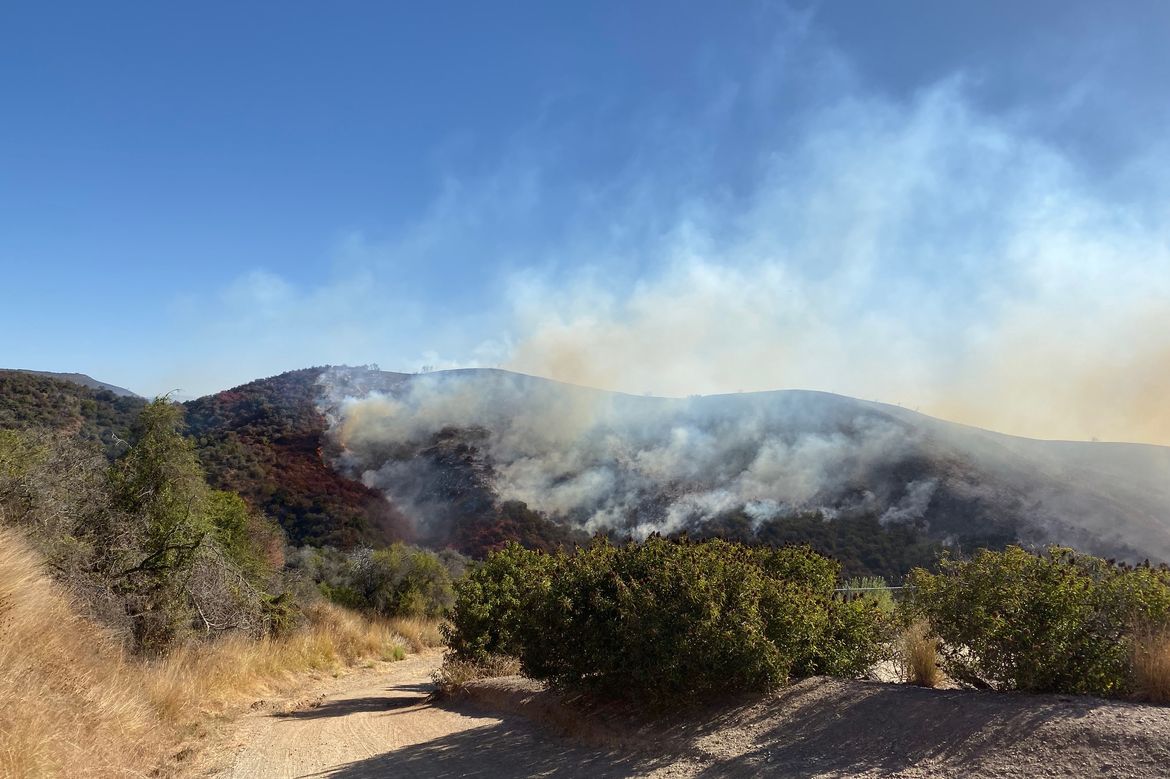
UCLA pulmonary expert to speak on air quality and wildfires
Dr. Reza Ronaghi, a pulmonologist at the David Geffen School of Medicine at UCLA, explains how wildfires affect air quality and what precautions people can take to limit exposure to smoke and other fire-generated toxins in the air. How do you…
Alliance for Consumer Education to Host Inaugural Clearing the Air Summit
This virtual event will explore the science and safety of air care products
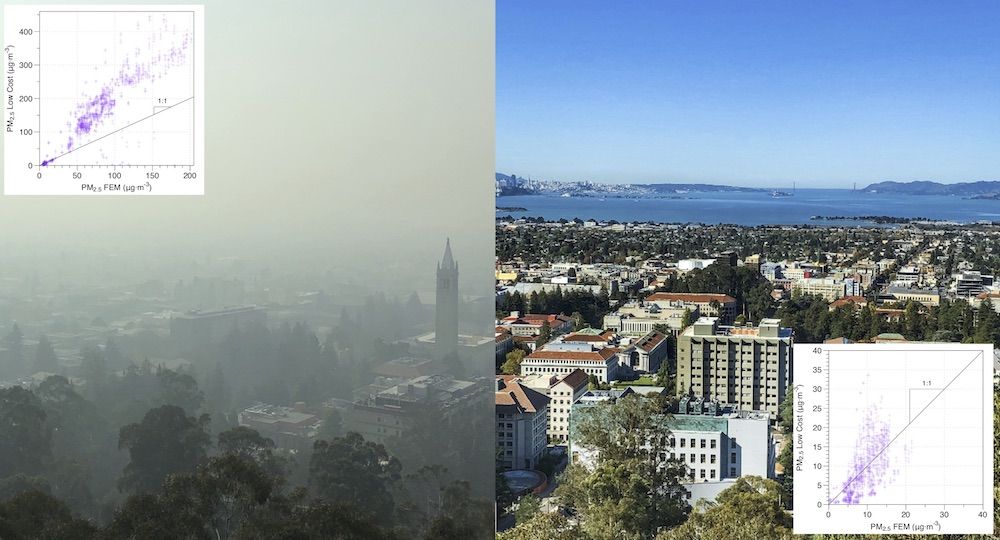
Low-Cost Home Air Quality Monitors Prove Useful for Wildfire Smoke
Published recently in the journal Sensors, a new study by Berkeley Lab air quality scientists tested four models of low-cost air quality monitors during actual wildfire pollution events and found that their readings of PM2.5 – or particulate matter under 2.5 microns, which has been linked to respiratory and cardiovascular issues – were consistently higher than the reference monitor used by the regulatory agencies; however, since each monitor had a relatively consistent response to the smoke, it is possible to use the readings to estimate true PM2.5 levels. Overall, the researchers concluded that the monitors can provide actionable information.
Disparities in a common air pollutant are visible from space
Researchers reporting in Environmental Science & Technology have used airplanes and a satellite to uncover disparities in nitrogen dioxide amounts in the atmosphere above Houston.
COVID-19 and Air Quality: Another Perspective
Researchers at the SUNY College of Environmental Science and Forestry (ESF) discovered the air quality in New York City did not improve during the New York on PAUSE order. While other studies have suggested that the levels of nitrogen dioxide and other air particles decreased during the pandemic in cities such as New Delhi and industrialized parts of northern China, the ESF team found the opposite in the Big Apple.
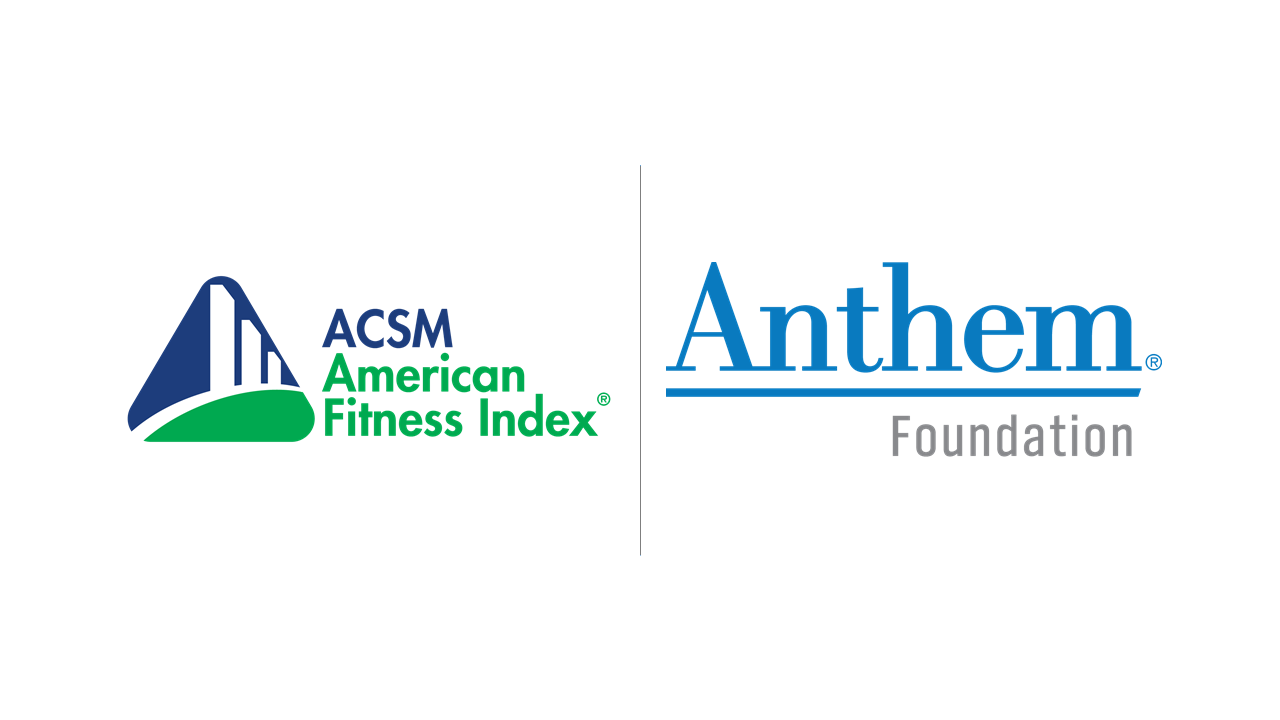
Arlington, Va., Named ‘Fittest City’ in 2020 American Fitness Index Ranking of Top 100
ACSM and the Anthem Foundation release the 2020 American Fitness Index, ranking America’s 100 largest cities on health behaviors, chronic disease and community infrastructure indicators. Arlington, Va. earned the title of “America’s Fittest City.” Seattle, Wash.; Minneapolis, Minn.; Madison, Wis.; San Francisco, Calif.; Washington, D.C.; Irvine, Calif.; Denver, Colo.; Boise, Idaho; and Boston, Mass., round out the top 10 fittest cities.
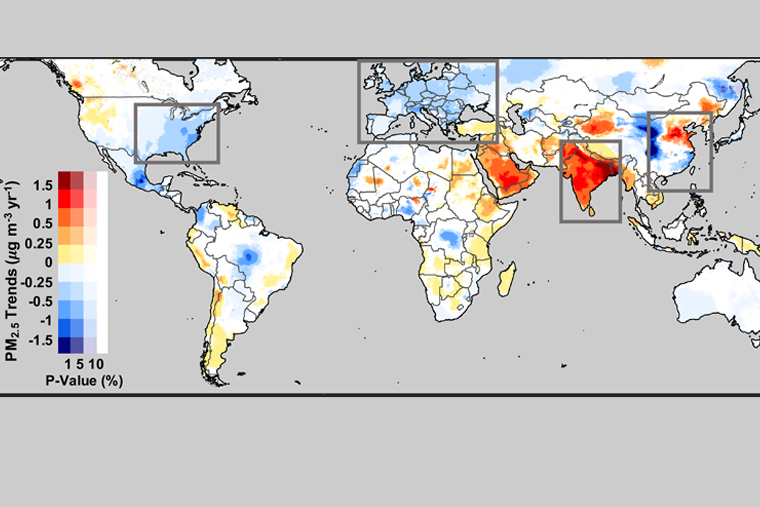
Global pollution estimates reveal surprises, opportunity
Using recent satellite observations, ground monitoring and computational modeling, researchers at the McKelvey School of Engineering at Washington University in St. Louis have released a survey of global pollution rates. There are a couple of surprises, for worse, but also, for better.
Study: Air pollution from fracking linked to deaths in Pennsylvania
Approximately 20 people in Pennsylvania lost their lives during a seven-year period because of particulate matter pollution emitted by shale gas wells, according to a recent study including faculty at Binghamton University, State University of New York.
Is the air getting cleaner during the COVID-19 pandemic?
Using air quality data from U.S. Environmental Protection Agency monitors across the U.S., a UW-led team looked for changes in two common pollutants over the course of 2020.
New Documentary Celebrates Clean Air Act, Highlights Communities Still Waiting for Clean Air
To mark the 50th anniversary of the Clean Air Act this year, the Environmental Film Festival in the Nation’s Capital (DCEFF) will host the premiere of a new documentary that highlights the dramatic reductions in air pollution that the United States has achieved since Congress passed the Clean Air Act in 1970, as well as the disparities in access to healthy air that persist in America.
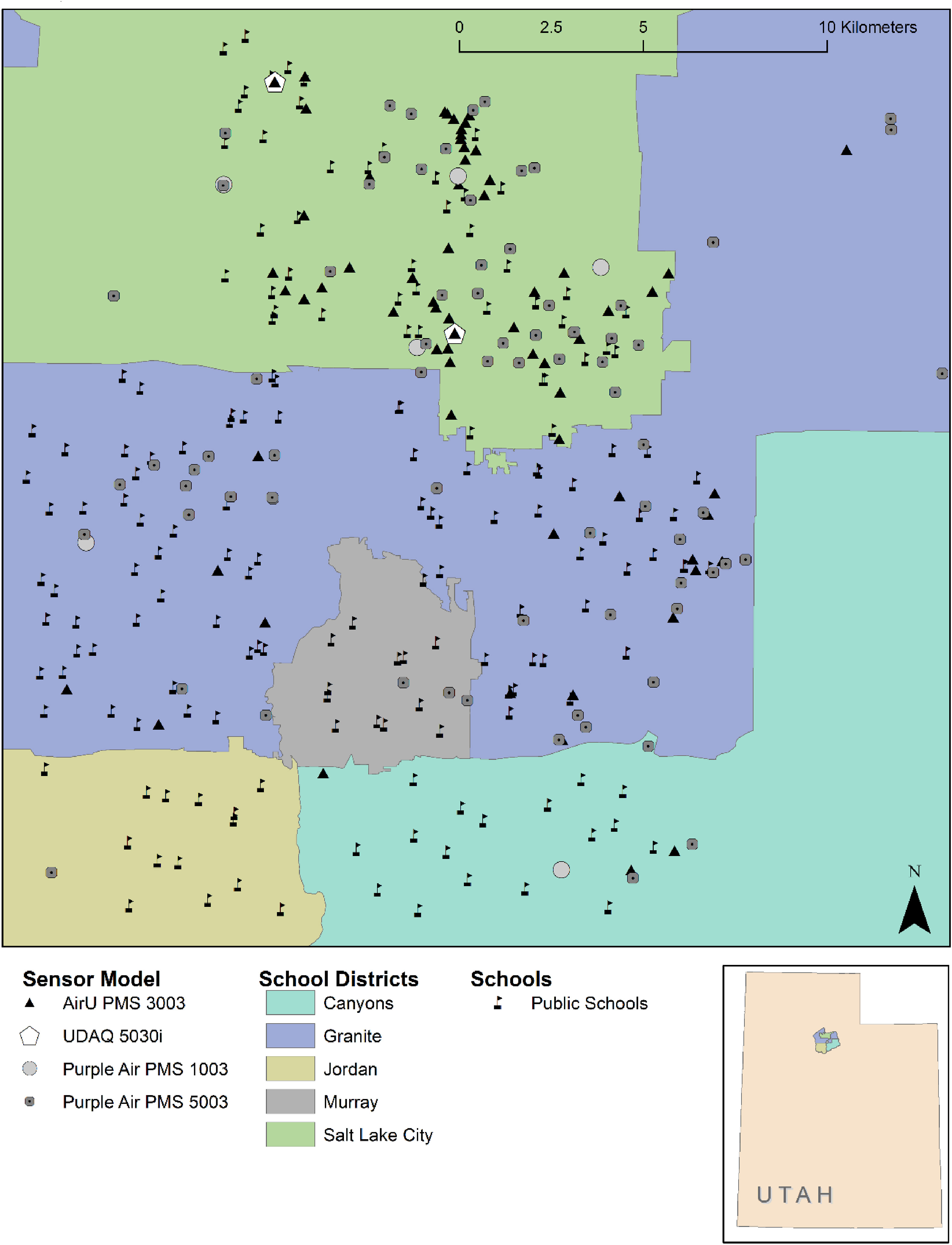
Persistent inequitable exposure to air pollution in Salt Lake County schools
Salt Lake County, Utah’s air pollution is at times the worst in the United States. Underserved neighborhoods—and their schools—experience the highest concentrations. A new study utilized nearly 200 PM 2.5 sensors through the Air Quality and U network and revealed persistent social inequalities in Salt Lake County schools.
HARC Research Analyzes Effects of COVID-19 on Air Quality
HARC (Houston Advanced Research Center) announces research analysis to study effects of COVID-19, associated stay-at-home orders, and the subsequent effects on air quality. Specifically, the changes in air quality measuring nitrogen oxides (NOx); benzene, toluene, ethylbenzene, xylene (BTEX); and ground-level ozone (O3).
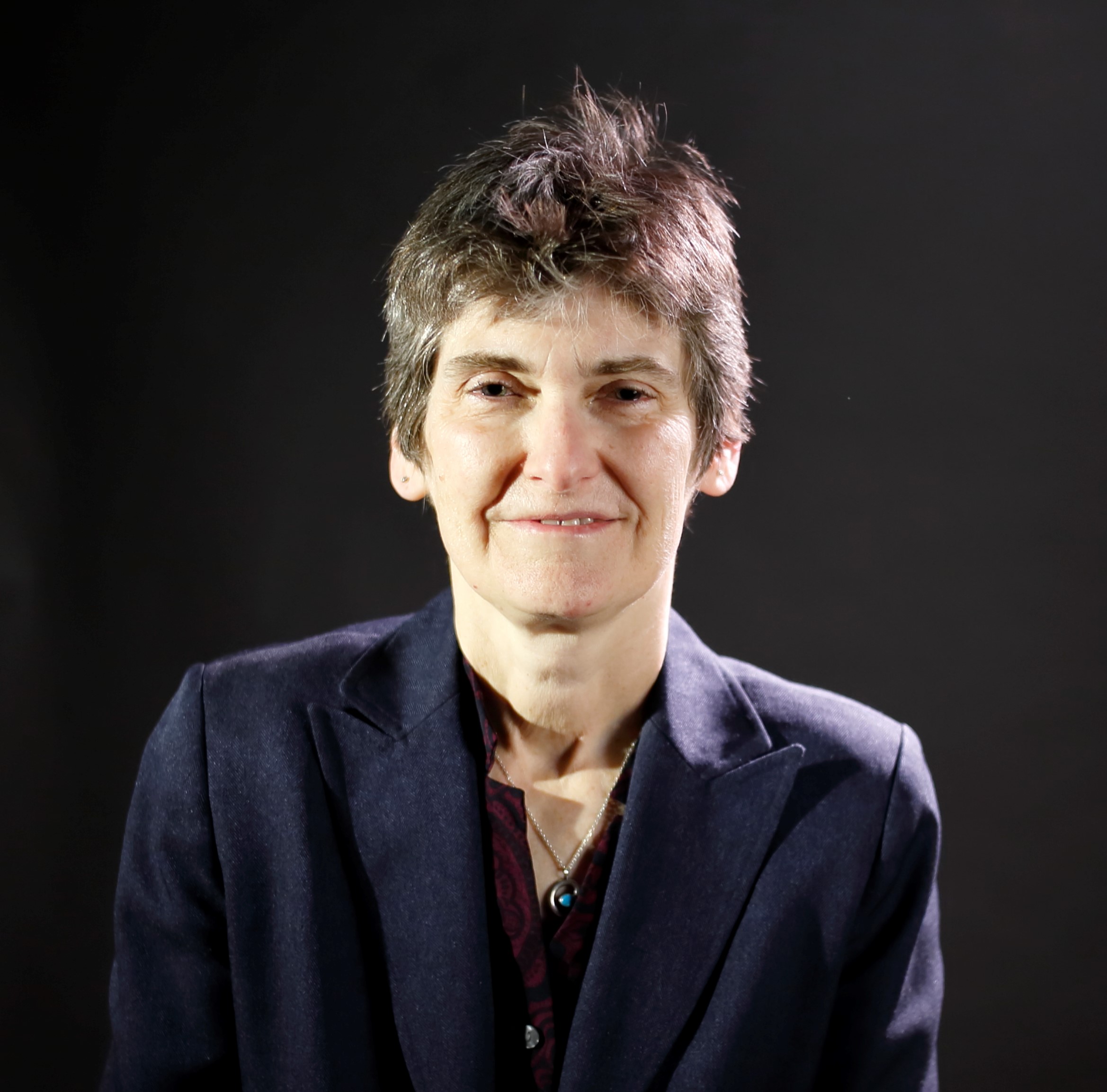
Former EPA Assistant Administrator Available to Comment on Stalled Air Pollution Standards
On Tuesday, April 14, the US Environmental Protection Agency announced it would decline to impose stricter controls on particulate matter emissions, which are known to cause health problems and premature death. The current standard, enacted in 2012, limits the amount…
Rutgers Expert Available to Discuss Air Quality During COVID-19
New Brunswick, N.J. (April 9, 2020) – Rutgers University–New Brunswick Professor Monica Mazurek is available for interviews on air quality during the COVID-19 pandemic. “We are experiencing unusually low levels of gas-phase and particulate air pollutants compared with last year,…
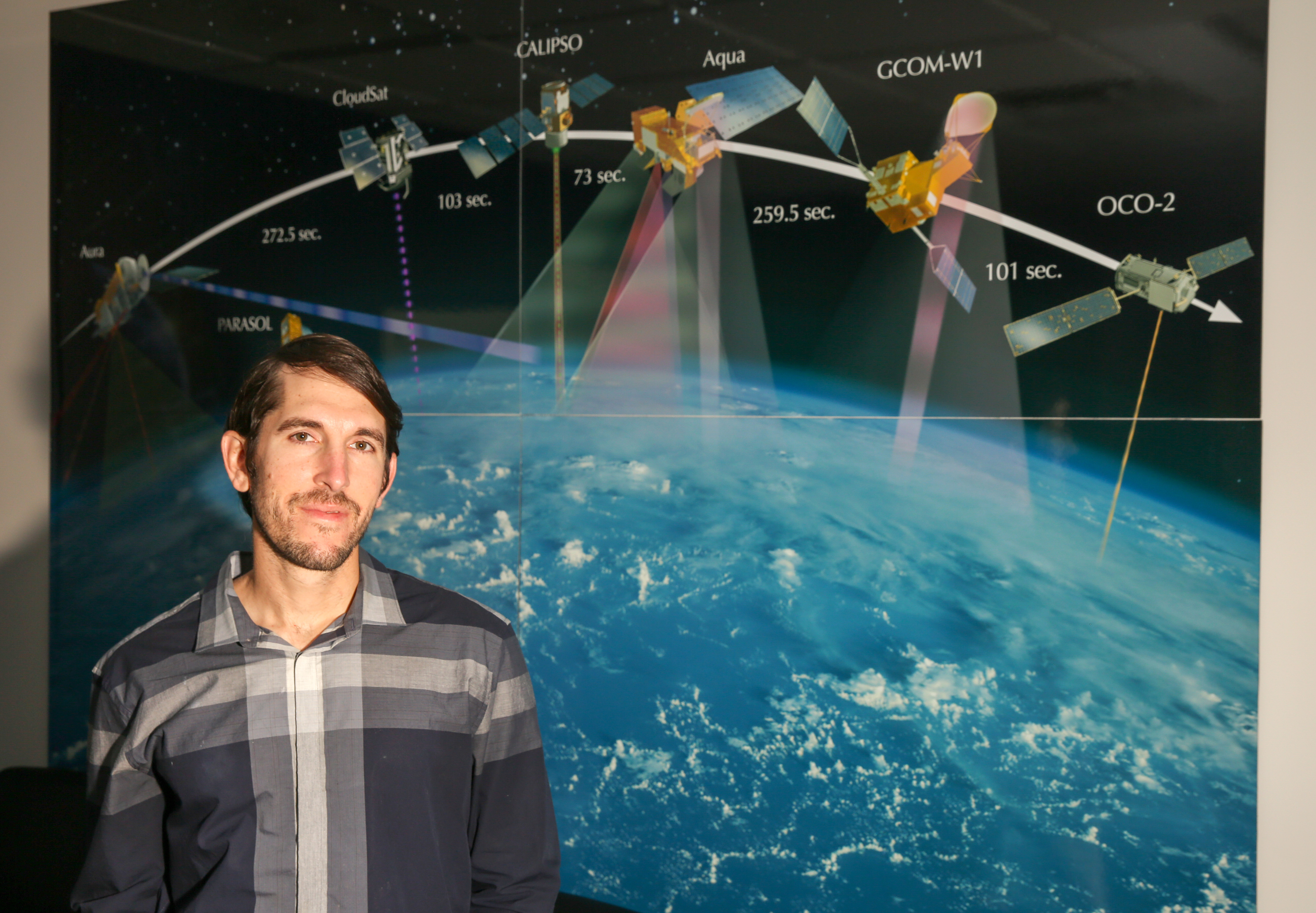
COVID lockdown, seasonal changes affect California’s emissions
California’s nitrous oxide (NO₂) air pollution has been reduced by a combination of the state’s COVID-19 lockdown and naturally occurring effects, according to an atmospheric scientist at The University of Alabama in Huntsville (UAH)
A silver lining of social distancing and quarantine? Better air quality. @HopkinsEngineer has an expert on atmospheric air pollution who can discuss how and to what extent social distancing and quarantine measures affect air pollution.
A silver lining of social distancing and quarantine? Better air quality. As more and more cities across the U.S. clamp down on travel, there have been fewer cars on the road and early reports of improved air quality. Johns Hopkins…
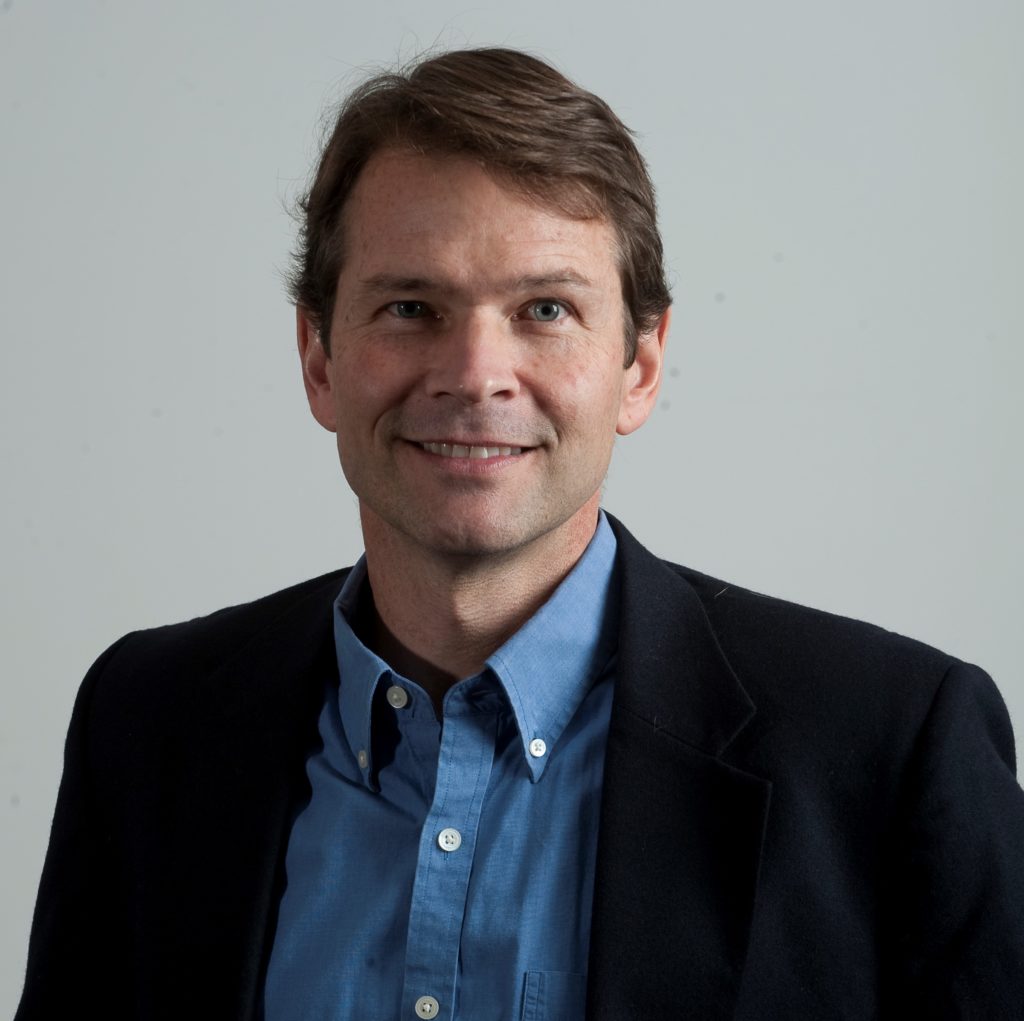
Scientists Available to Comment on Environmental Impacts of Australian Bushfires
As record wildfires continue to burn in Australia, people are wondering about their long-term impacts, including on the environment. To address these questions, two environmental science experts at IUPUI — Indiana University’s premier urban research campus in downtown Indianapolis —…
As Australia burns, experts available to discuss lasting impacts on wildlife, human health
Two dozen people and an estimated 480 million animals have been killed in Australia during unprecedented early-season bushfires that have scorched 18 million acres, destroyed thousands of homes and shrouded cities in thick smoke. University of Colorado Boulder experts are…
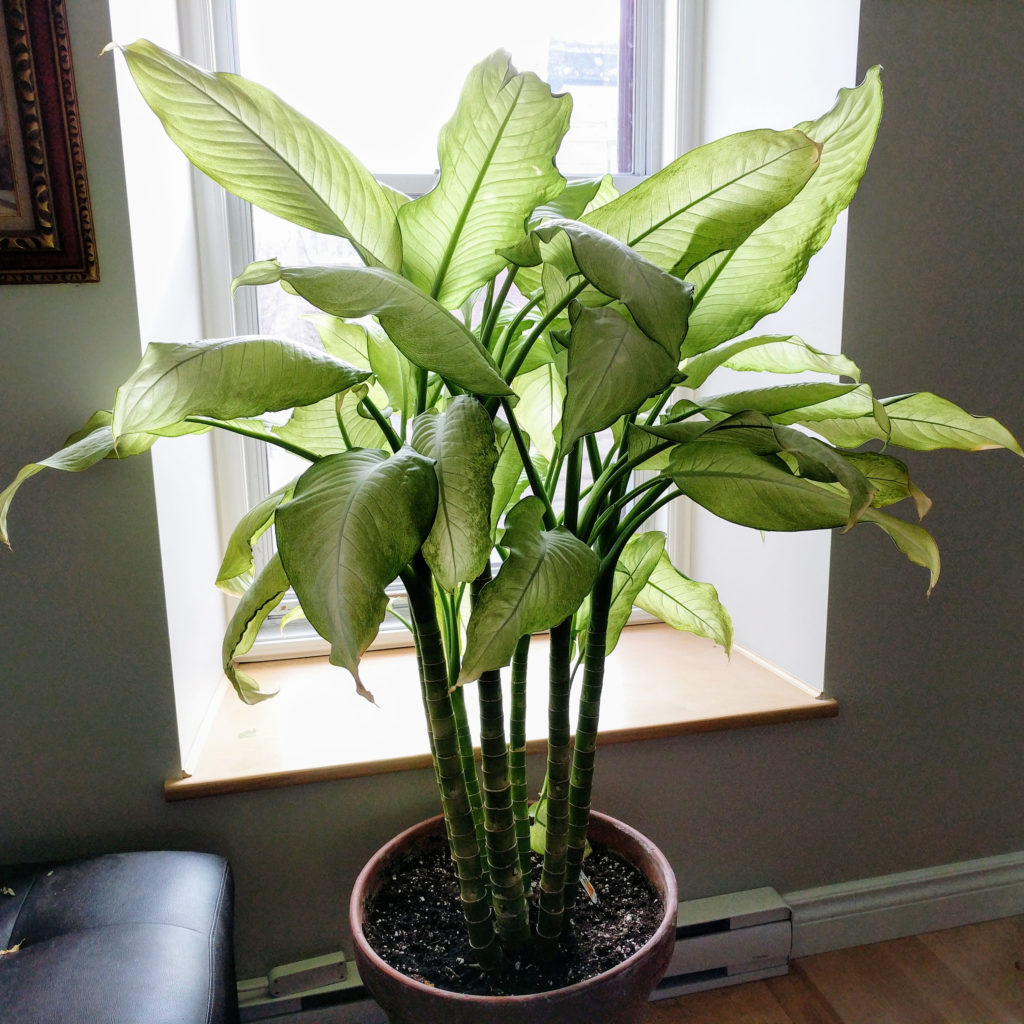
Potted plants do not improve indoor air quality
Plotted plants ability to improve the air quality but they don’t actually clean indoor air quickly enough according to research by Drexel University
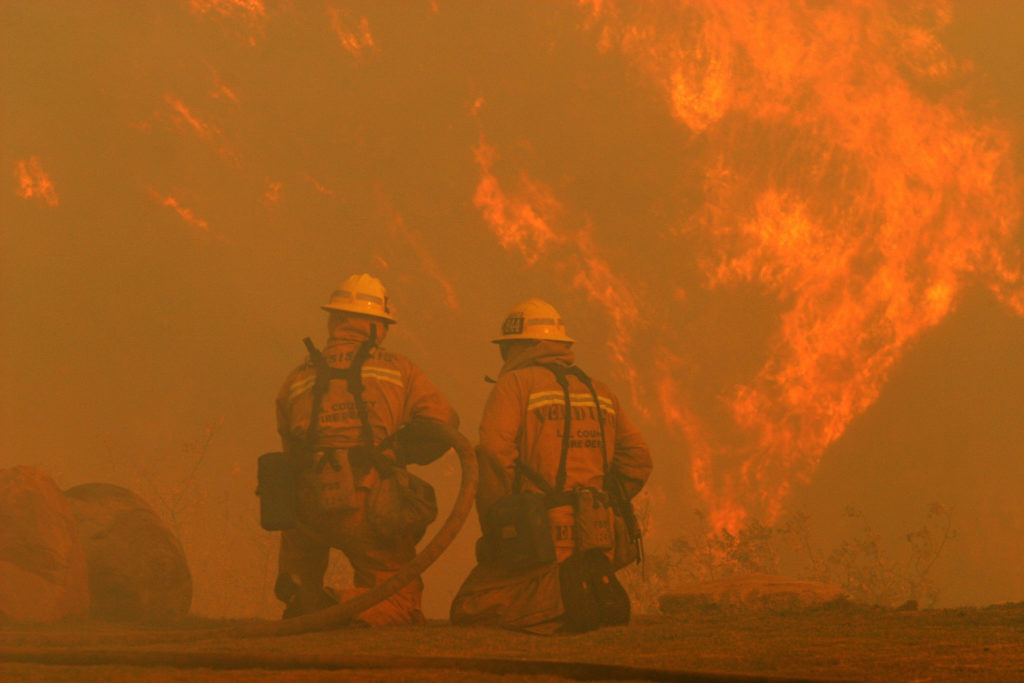
USC experts share expertise about wildfires
Wildfires are burning throughout California and thousands of residents have been forced to evacuate their homes as firefighters battle blazes. USC experts are available for news media interviews to discuss wildfires, including environmental impacts, smoke and health, urban land use, climate change…
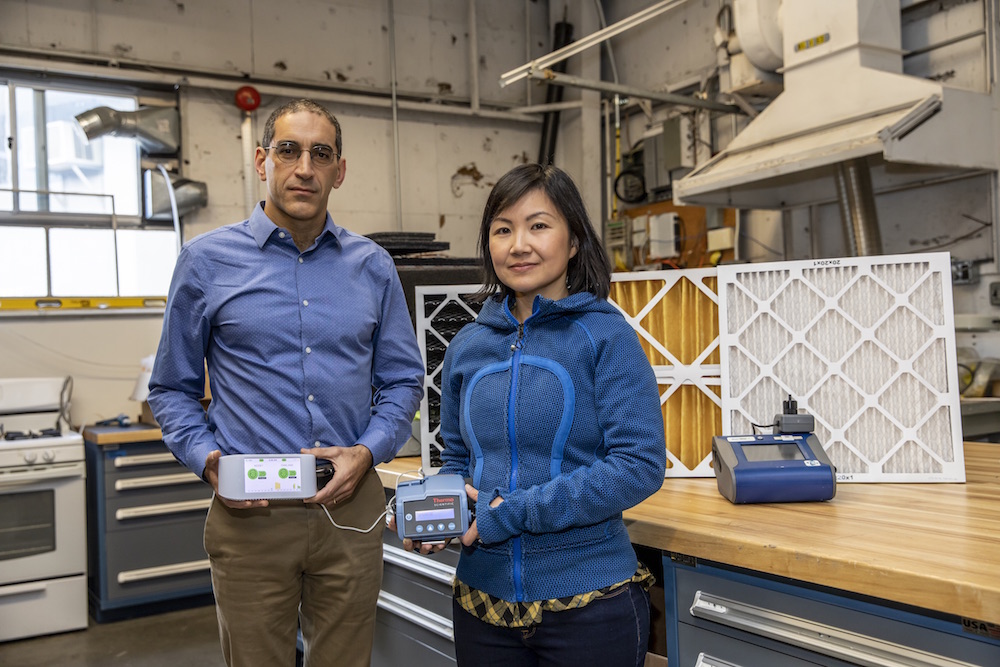
Improving Indoor Air Quality During Wildfires
A Q&A with Berkeley Lab indoor air scientists on protecting homes, schools, and other buildings, from air pollution during wildfires.
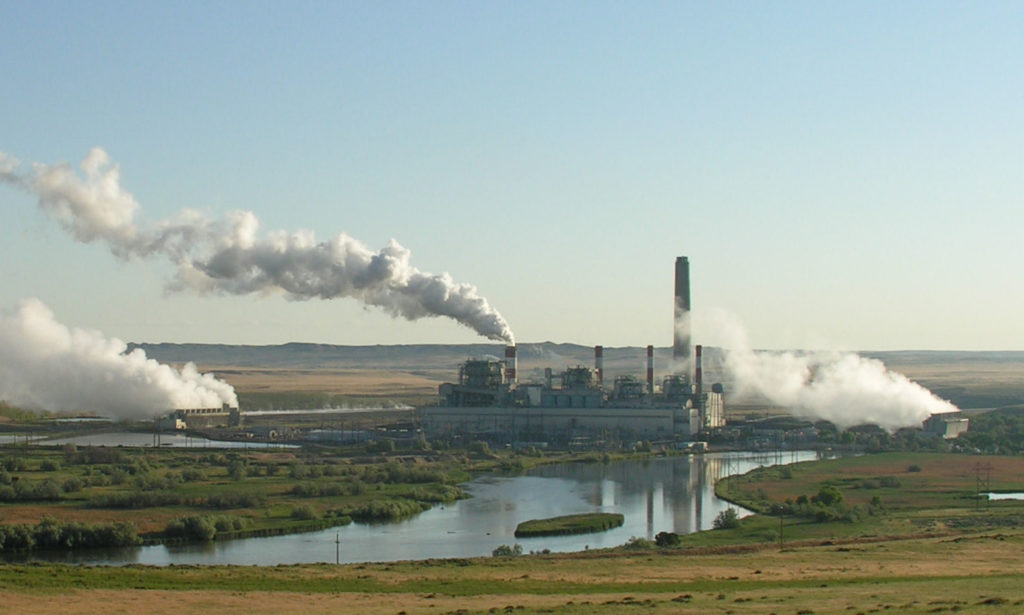
Energy Regulation Rollbacks Threaten Progress Against Harmful Ozone
The fight against harmful ozone is under legal threat. Air quality and carbon emissions regulations are currently in limbo in courts and congress, from core legislation from the 1970s to rules from the last U.S. administration. This study models the future losses in the fight to drive down respiratory-damaging, ground-level ozone if the regulations go away.
Curbing diesel emission could reduce big city mortality
U.S. cities could see a decline in mortality rates and an improved economy through midcentury if federal and local governments maintain stringent air pollution policies and diminish concentrations of diesel freight truck exhaust, according to Cornell University research.
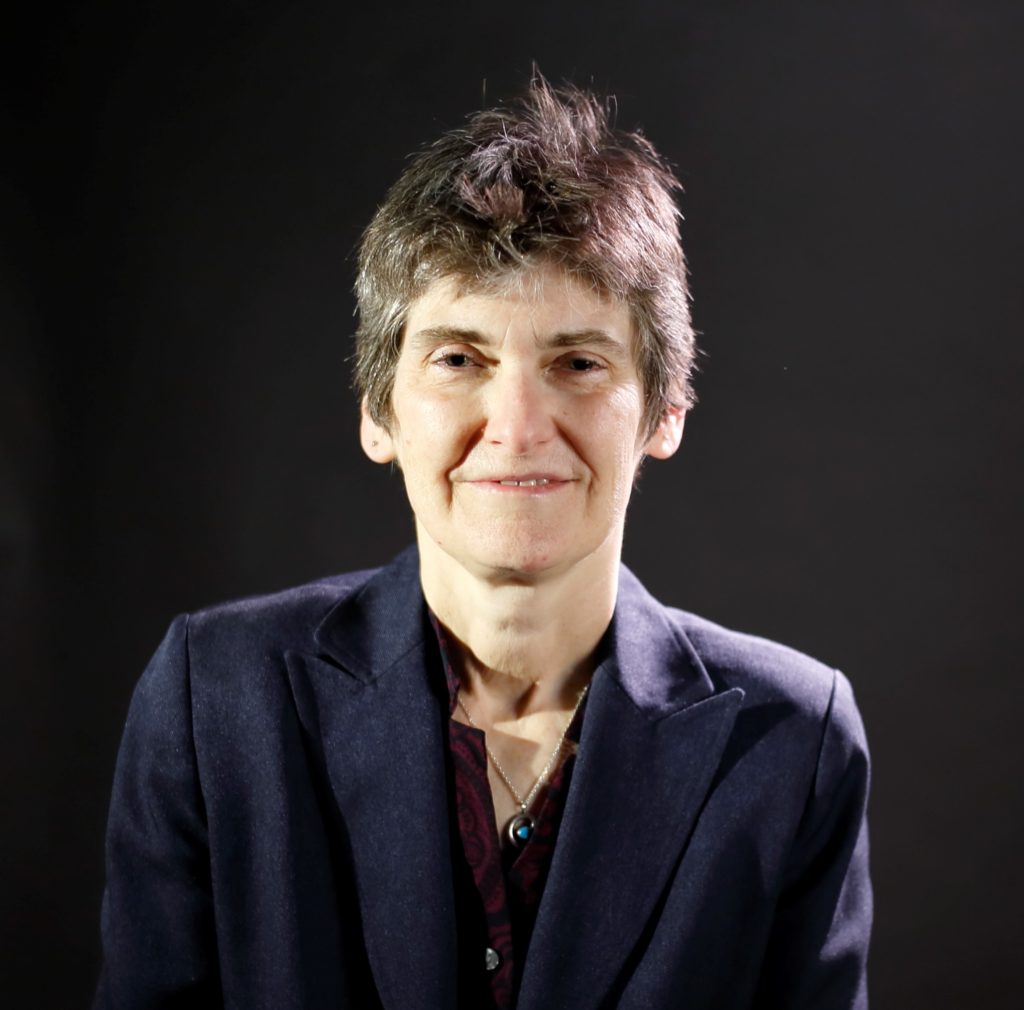
Former EPA Administrator Available to Comment on EPA’s Threats Toward California Over Clean Air Act Compliance
The Environmental Protection Agency, in a letter from EPA Administrator Andrew Wheeler dated Sept. 24, threatened to pull federal highway funding in California due to the state’s “failure” to improve air quality as required by the Clean Air Act. The…
New Air Quality Ranking has 10 Worst Cities in California, Arizona
Scientific evidence proves that poor air quality affects health, and Long Beach, California residents should be concerned. Long Beach ranks last for air quality among the 100 largest U.S. cities, according to the 2019 American Fitness Index® rankings published by ACSM and the Anthem Foundation.
States’ rights at the center of California auto emission conflict
The Trump administration is expected to strike down California’s ability to set in-state auto emissions standards this week. The move pits California against the administration in an unprecedented legal battle over the states’ right to regulate air quality. David Bateman,…
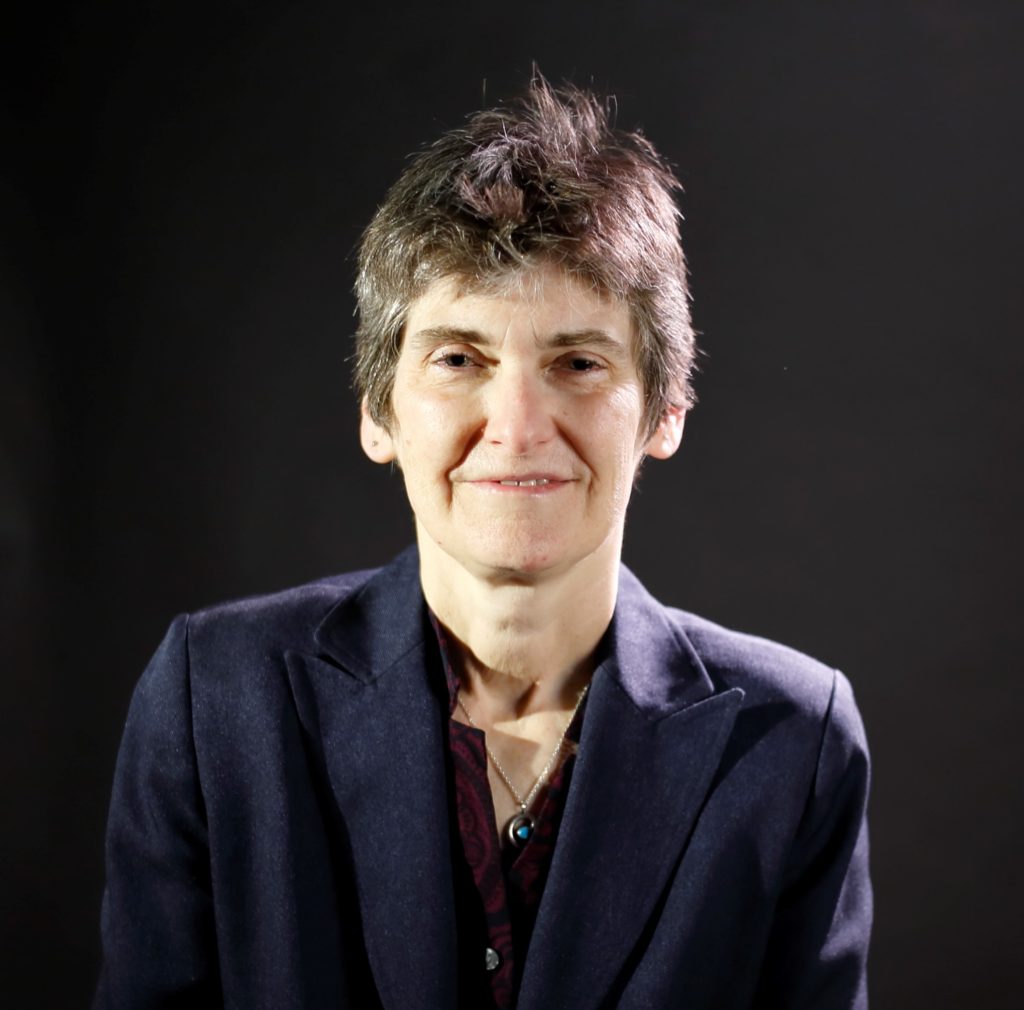
Former EPA administrator available to comment on expected rollbacks of methane regulations
The Environmental Protection Agency is expected to announce today rollbacks to the federal regulation of methane emissions, a powerful greenhouse gas linked to climate change, strongly limiting standards created during the Obama administration. Janet McCabe, a professor of practice at…